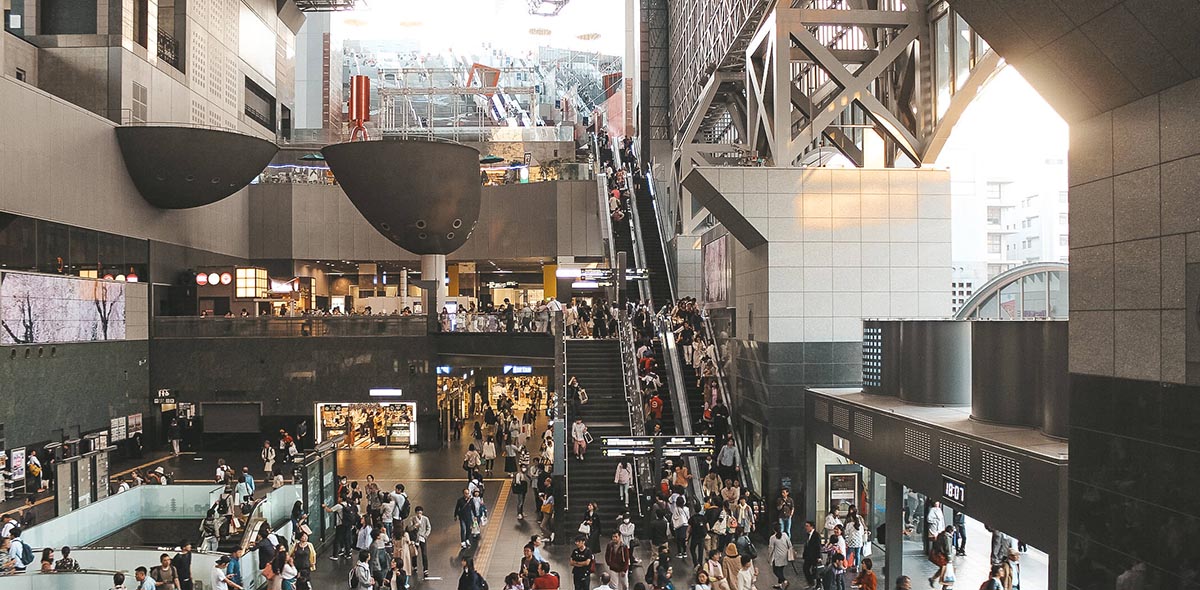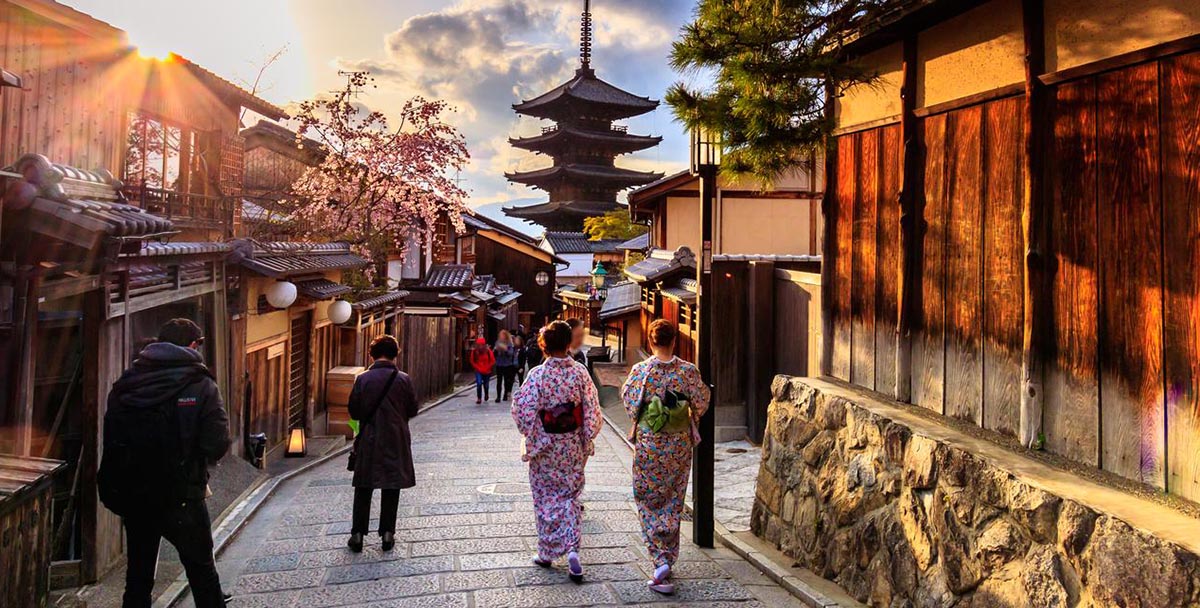
Today Japan is in fashion. Two decades ago it did not have so much tourism but in the last fifteen years that has changed. Not to mention this 2020 which are, if the coronavirus allows us, the Olympic Games. But Japan is not only Tokyo and if there is a city that you should visit, it is the old one. Kyoto.
Kyoto was the national capital and even today it is one of the largest cities in the country, inhabited by around a million and a half people. He has seen destruction and rebirth and has an unforgettable "I don't know what."
Kyoto
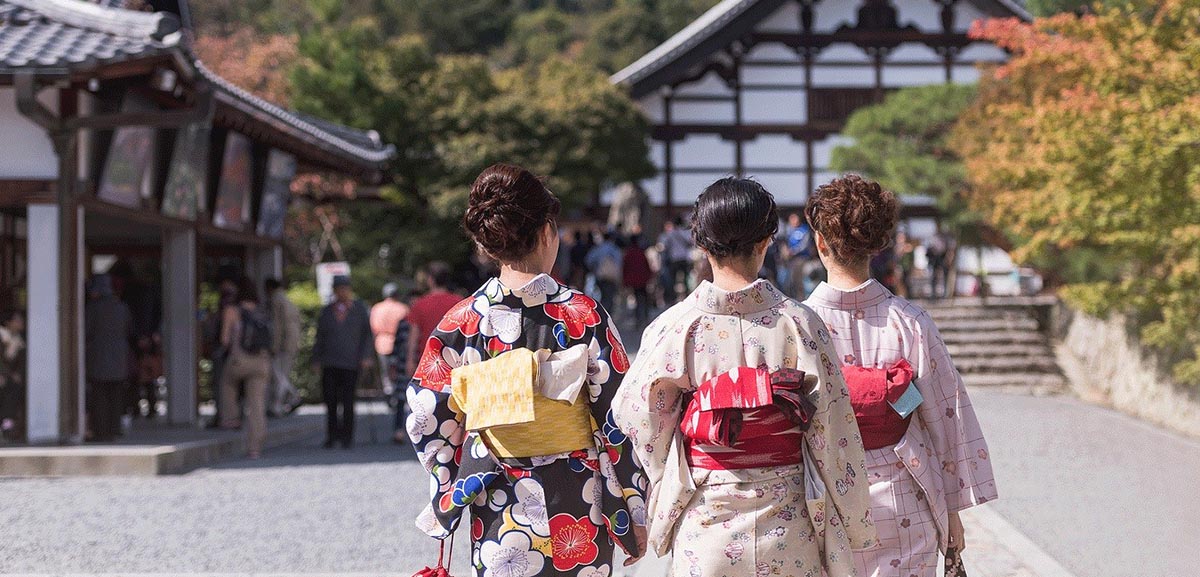
It was the capital and residence of the emperor between 794 and 1868. It escaped the terrible bombs of World War II so it has old buildings, a religious and special atmosphere that accompanies you throughout the visit.
If you arrive from Tokyo you can make the trip by shinkansen, by bullet train. It is the most recommended, especially if you have the Japan Rail Pass. It is the JR Tokaido service and there are three variants of different prices and different duration of the trip. The fastest service of all, which the JRP does not cover, takes 140 minutes. Then, inside the pass, you have the Hikari service of 60 minutes and the Kodama that takes four hours.
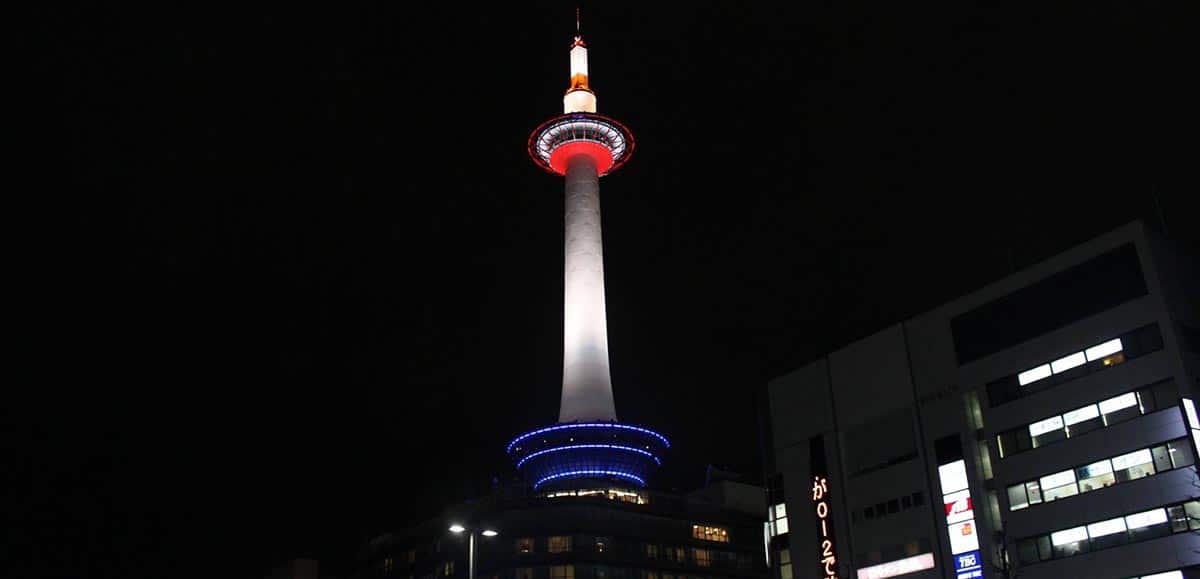
Without the JRP the ticket costs around $ 130. Later there are other types of passes that if you are not going to move further they are cheaper than the JRP minimum. I'm talking about the Shinkansen Round Trip Package, the Puratto Kodama Economy Plan or the Tokyo Osaka Hokuriku Arch Pass. All this is by train, by bus you must calculate about seven, eight hours, with rates from $ 35 to $ 100 and day and night services.
What to visit in Kyoto
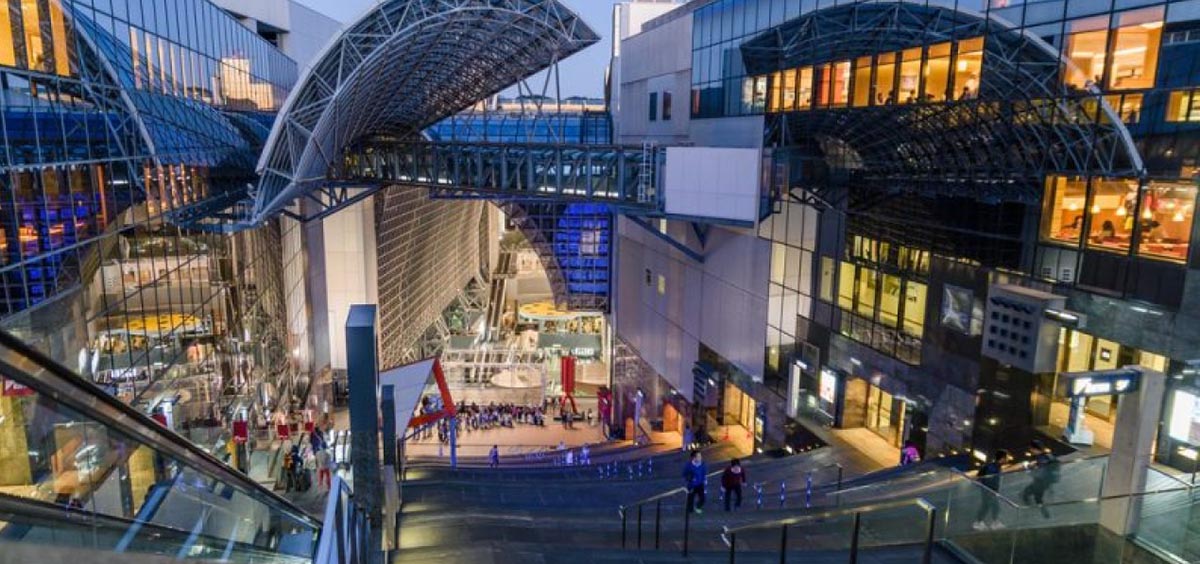
You can divide the city into sectors and then think about doing a day trip. If you arrive by train, everything starts at Kyoto station, a wonder of station, modern, large, with multiple floors with shops and restaurants and a terrace from where you can contemplate something of the city. It was built on the 1200th anniversary of the city so it has been in operation since 1997.
There are two sides of the station: the north side faces the center, Karasuma, and the other is the Hachijo side. If you arrive by bus, you get off the Karasuma side, in the area where the famous Kyoto tower. The tower is another icon of the city. It is 131 meters high and dates from 1964. A hundred meters high there is an observation deck and a cafeteria so it is not to be missed. The ticket costs 8 dollars, about 800 yen.
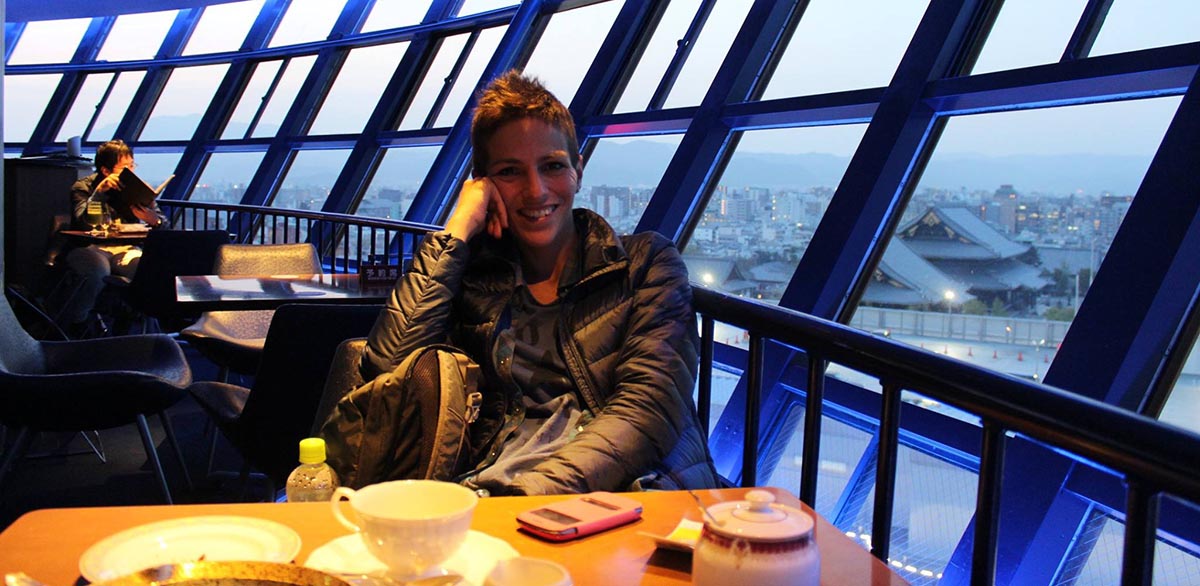
Many of the young tourists who come to Japan are fans of manga and anime and here in Kyoto you can enjoy a new Manga Museum which opened in 2006, has three floors and a basement and is literally packed with sleeves. There are international artists and regular events. It's just a five-minute subway ride from Kyoto Station, and admission costs $ 8. Be careful that it closes on Wednesdays.
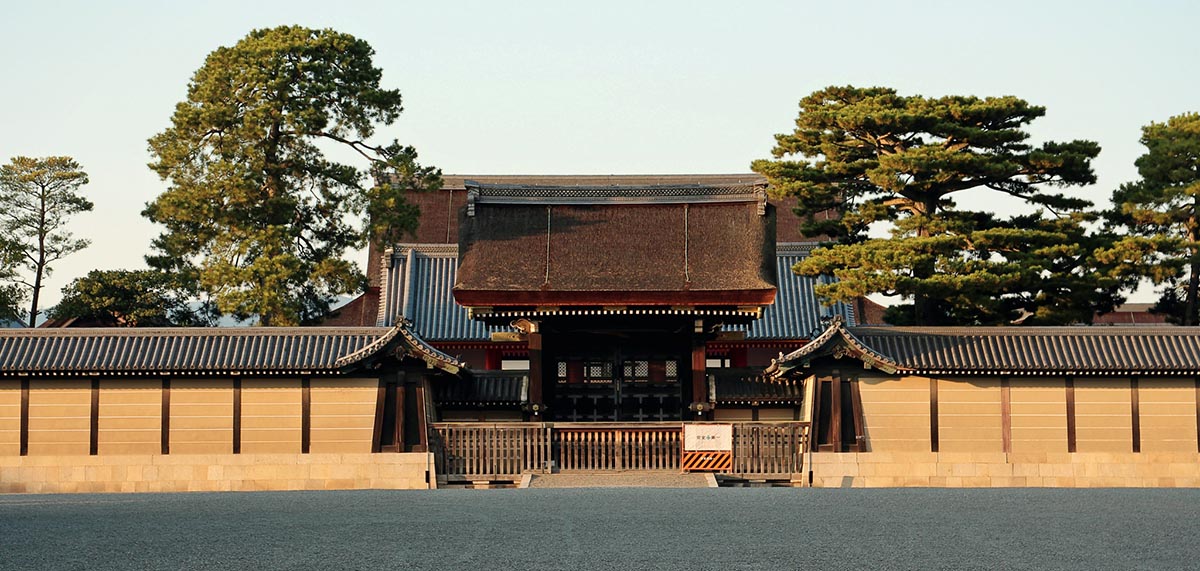
In the station area you can also visit the Kyoto Imperial Palace, the former residence of the royal family. It is within the Kyoto Imperial Park in the very center of the city and is a complex of several buildings, halls, buildings and gardens. You can freely visit the gardens but tours with prior reservation ensure access to other sites. It is closed on Mondays and admission is free.

If you like trains, Japan is a great country on that subject. Here in Kyoto, just a 20 minute walk from the station, you have the Kyoto Railway Museum which opened in 2016. It has three floors, 30 thousand square meters and 53 trains on display. It is closed on Wednesdays and from January 30 to 1 and admission costs $ 12.
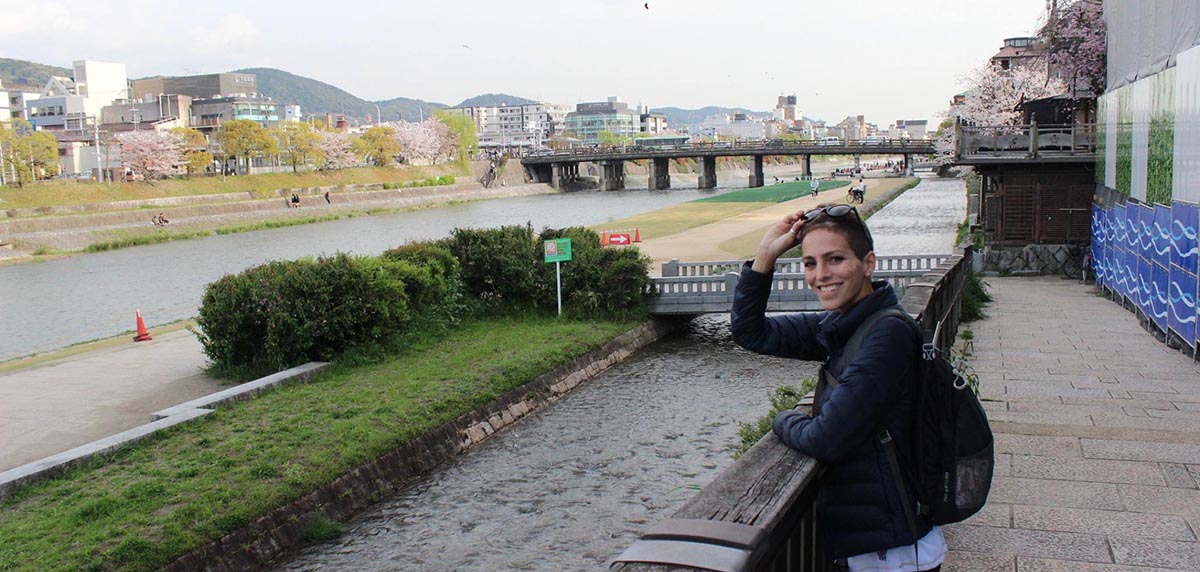
As soon as you leave the station on the side of the Kyoto Tower, you walk a little to the right and you can already see the river that crosses the city, the Kamogawa. If you follow it leads you to Pontocho, One gastronomic areas most beautiful and picturesque in the city between May and September. This area is actually an alley that runs from Shijo Street to Sanjo Street and is full of restaurants.
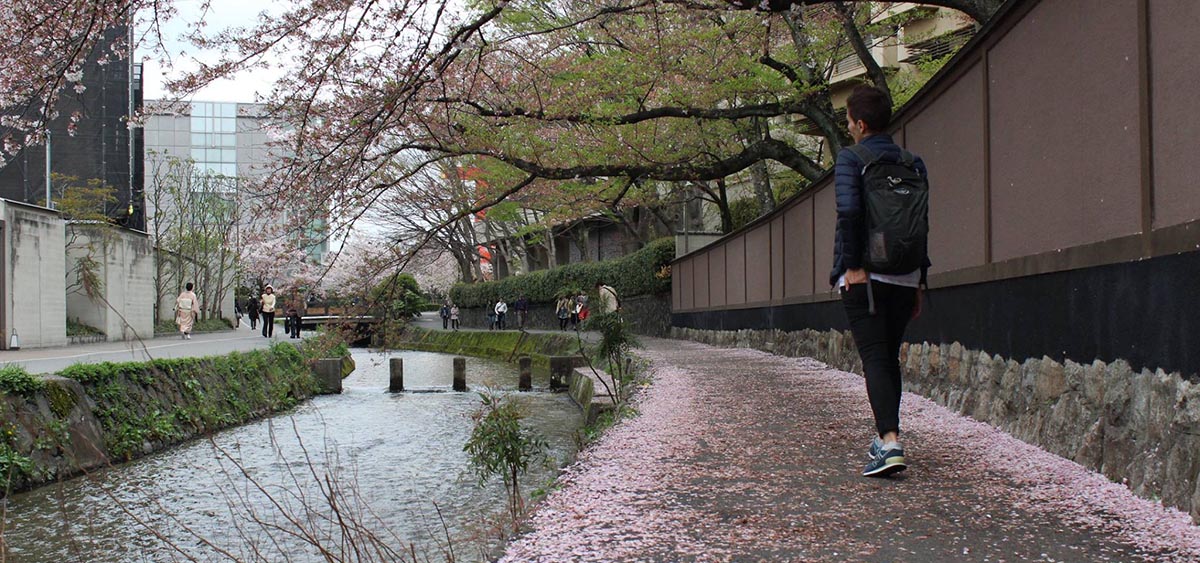
Most restaurants and bars are open from 5 pm to 11 pm, and those on the east side of the alley, facing the river, build temporary platforms for al fresco dining. It is worth seeing. Precious. This custom is called kawayuka and if you go in season it is advisable to book. Amen to this custom, a walk along the river bank It is possible at any time of the day, there are always people and sometimes street performers.
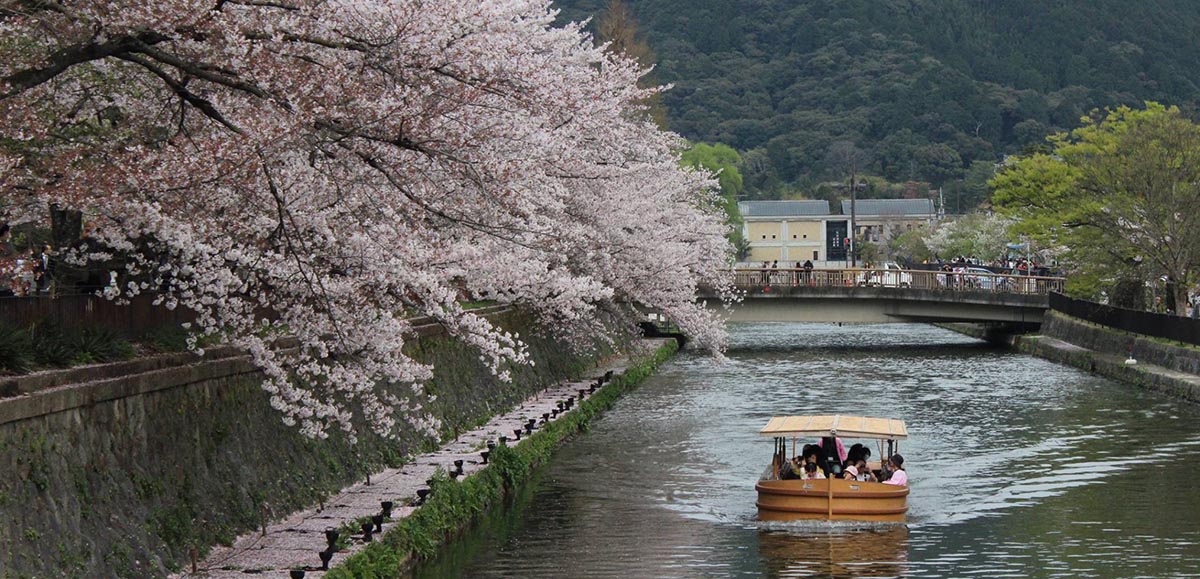
Moving from the station, then, we enter the eastern side of Kyoto and the one that concentrates the attractions for which the city is best known. Here is the Kiyomizudera Temple, Higashiyama district, National Museum or various temples.
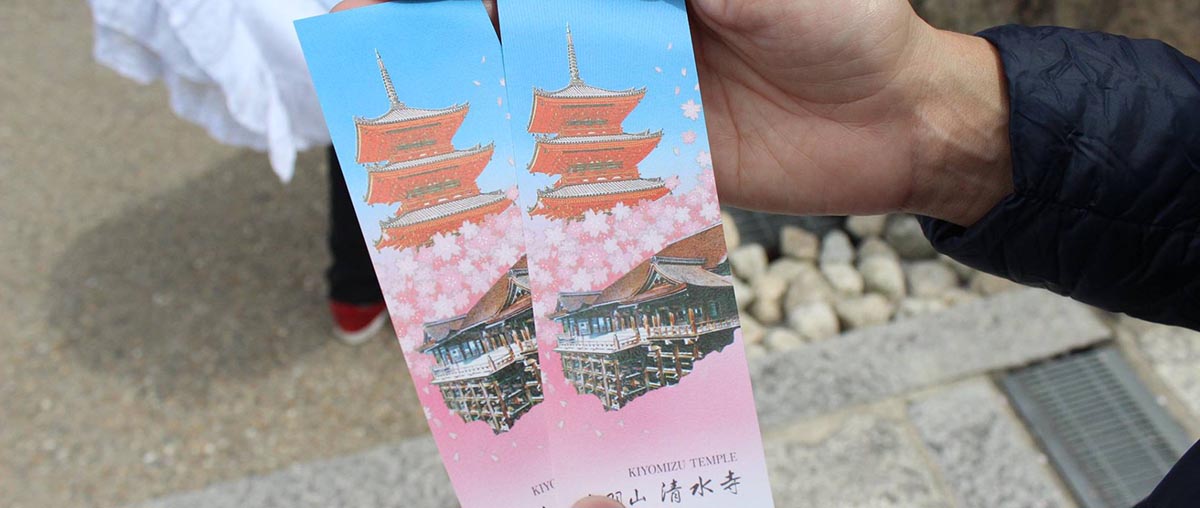
The Kiyomizudera Temple was founded in 780, in the forested hills east of the city. Since the 60s the temple is World Heritage. It has a wide wooden platform that leaves its main hall 13 meters above the side of the hill. It is a beautiful observation deck and depending on the season of the year there are cherry blossoms or lots of snow. Behind the main hall is the Jishu Shrine, dedicated to love.
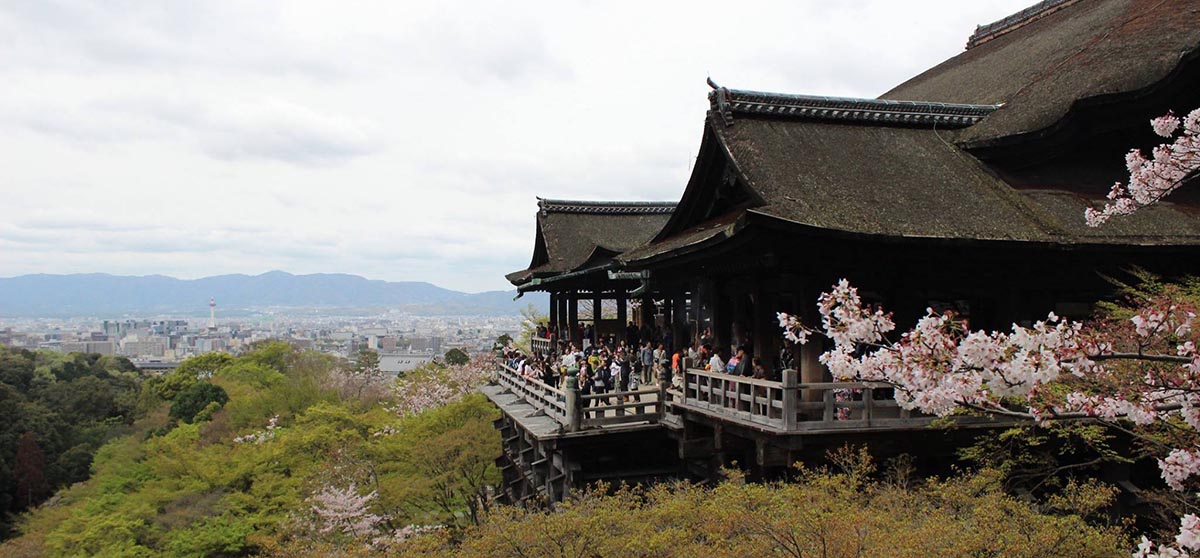
And close is the Otowa waterfall, with three streams that you have to drink from because each flow of water has different properties: longevity, success and love. Many think that drinking from all three is being a bit greedy ... The truth is that the entire complex is worth visiting, and when one is walking towards the temple the walk is beautiful because it is the Higashiyama district, with shops and restaurants.
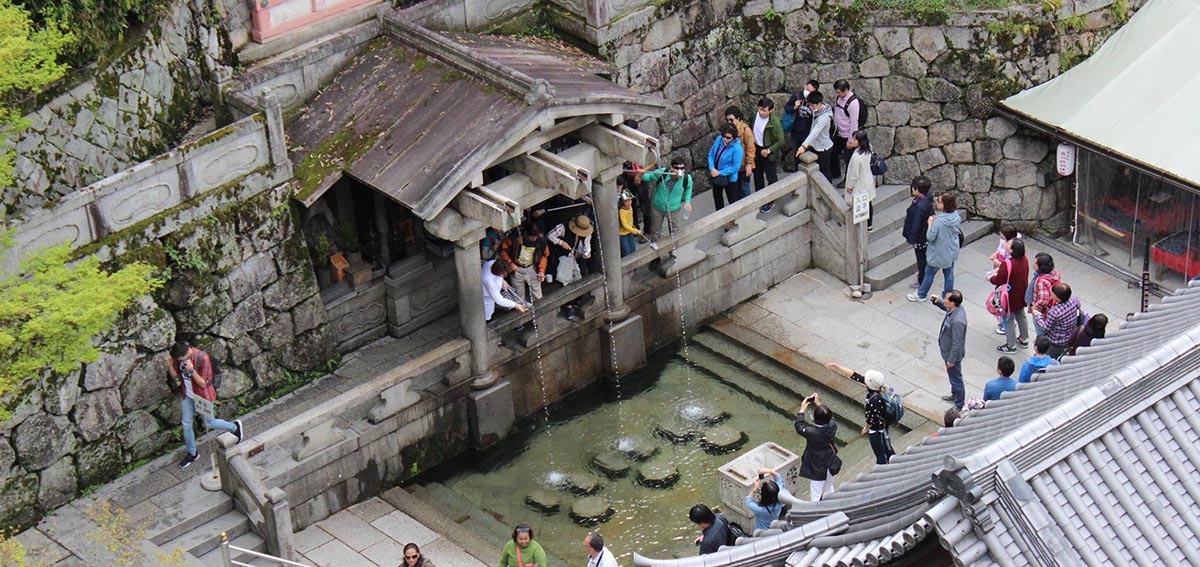
I walked all over Kyoto, but if you don't like it, you can always take buses. I prefer to walk because this way you run into corners that are not listed in any guide. For example, there is an entire old railway line that you can walk along, especially in the cherry blossom season.
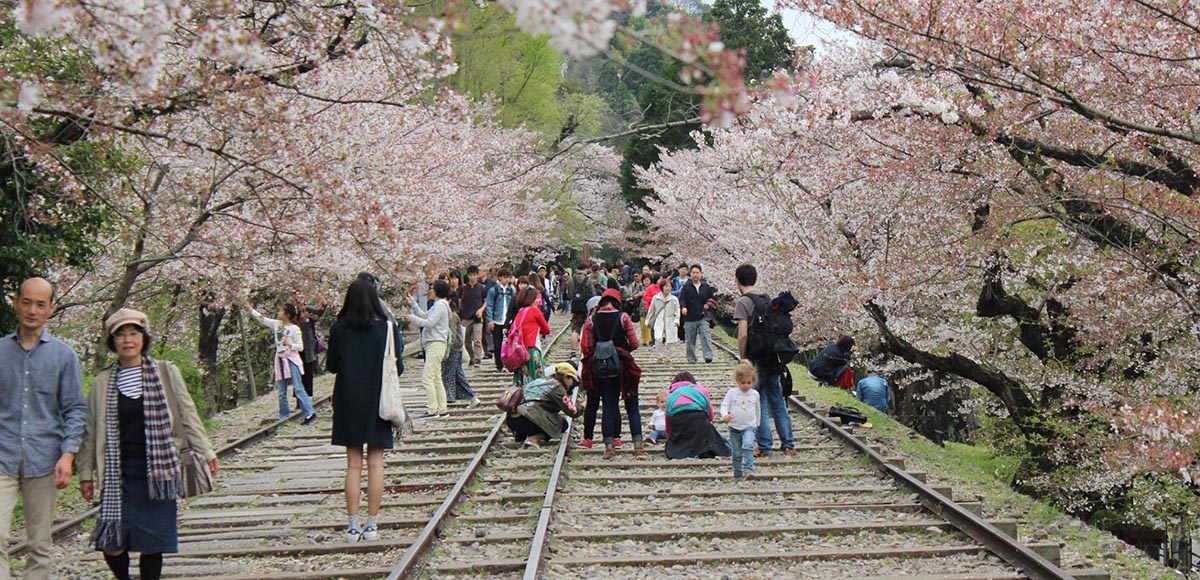
Finally, there are many temples in Kyoto but there you must make your own selection. At one point I get tired of always seeing the same thing so in regards to Kyoto I like Kiyomizudera and the Sanjusangendo Temple dedicated to Kannon. And one last tip: Day Trips that you can do are several. You may go to Nara by train, it is very close. Nara is an ancient city with a beautiful temple filled with stone lanterns.

Or you can go to Fushini inari and walk along the famous path surrounded by red toris, or get closer to know Kinkakuji, the temple covered in gold or go to Arashiyama by train, rent a bike and stroll through the bamboo forest or rent a rowing boat and enjoy playing in the river.
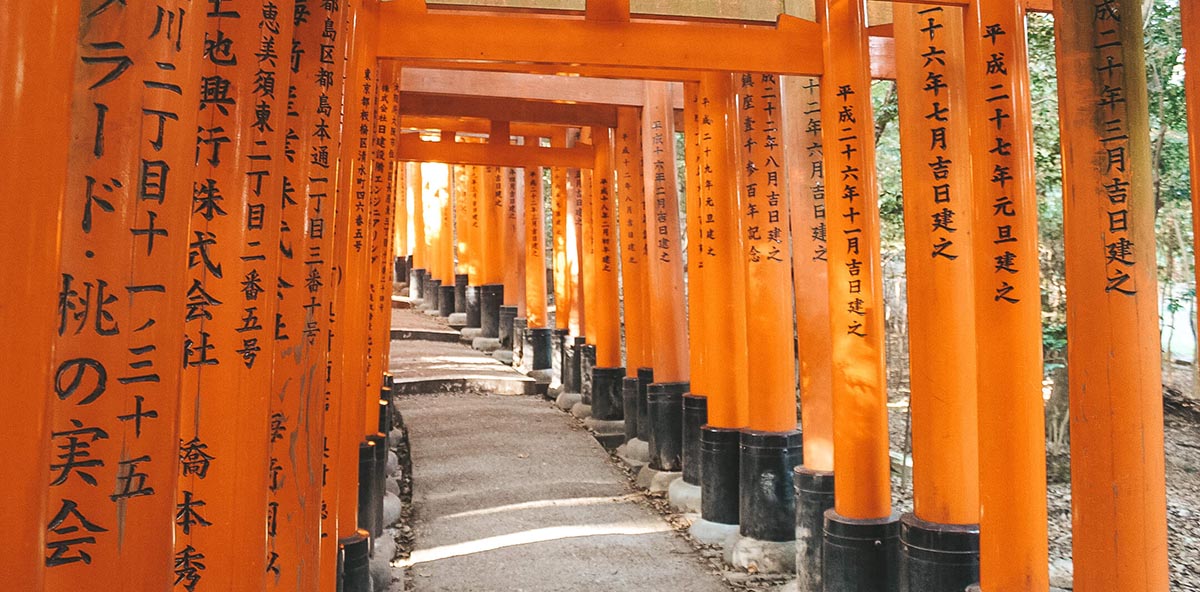
What you choose you will surely like and as there are so many possibilities you can reserve some for when you return, because yes, you are going back to kyoto.
